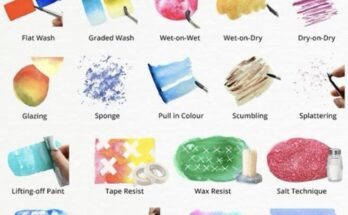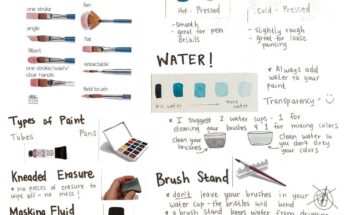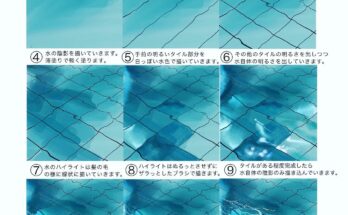Mastering Tone and Shadow in Animation Drawing: A Comprehensive Guide

Dive into the intricate world of animation drawing with our detailed tutorial on mastering tone and shadow techniques. Designed for aspiring animators and seasoned artists alike, this guide, inspired by the insightful work of Scott Caple (copyright 2008), provides a step-by-step approach to understanding and applying light, shadow, and texture to create lifelike 3D forms. Utilizing the provided diagram, this tutorial breaks down the anatomy of light and shadow, offering professional techniques to elevate your drawing skills for animation. Whether you’re sketching spheres, cylinders, or complex objects, this guide will help you achieve depth and realism with precision.
Step-by-Step Instructions:
- Understanding the Anatomy of Light and Shadow
Begin by familiarizing yourself with the key components of light interaction on a 3D object, as illustrated in the diagram. Identify the highlight (the brightest area where light directly hits), the halftone (the transitional area between light and shadow), the reflected light (light bouncing back from surrounding surfaces), the cast shadow (the shadow projected by the object), and the core shadow (the darkest part along the edge of the form). This foundational knowledge is essential for realistic shading. - Analyzing Angle and Direction of Light
Consider the angle of light and direction of light to determine how shadows and highlights fall on your subject. The diagram showcases three spheres with varying light angles: one with light from above, another from the side, and a third with light from below. Experiment with these angles to observe how they alter the shape and intensity of shadows, enhancing the dimensionality of your drawing. - Incorporating Texture of Surface
Texture plays a crucial role in how light is reflected. The diagram illustrates cylinders with different surface textures: rough (e.g., fabric, stone), smooth (e.g., polished wood), and shiny (e.g., metal, glass). For a rough surface, use varied, irregular shading lines to suggest texture. For smooth surfaces, apply even, consistent tones, and for shiny surfaces, emphasize sharp highlights and reflections. Adjust your crosshatching or stippling techniques to match the material, adding authenticity to your work. - Applying Tone for Different Surfaces/Materials
Tailor your tone application based on the surface material. Rough textures like fabric or stone require a gritty, layered approach, while smooth textures like polished wood call for gradual gradients. Shiny surfaces, such as metal or glass, demand stark contrasts between highlights and shadows. Practice these variations to master the subtle differences in light reflection across materials. - Considering Environmental Factors
Enhance your drawing by factoring in environmental elements. The diagram suggests considering time of day or night, which affects light intensity and shadow length. Additionally, think about atmosphere (e.g., fog or clear skies) and mood (e.g., serene or dramatic), which can influence the overall tone and emotional impact of your artwork. Adjust your shading to reflect these conditions for a more immersive scene.
Key Technique Insights:
- Light Source Consistency: Always maintain a consistent light source angle throughout your drawing to ensure coherent shading.
- Contour Following: Ensure that shading lines follow the form’s contours, as demonstrated with the spheres and cylinders, to reinforce three-dimensionality.
- Gradual Transitions: Use halftones to create smooth transitions between light and shadow areas, avoiding abrupt changes unless intentional for dramatic effect.
Tips for Success:
- Start with light pencil sketches to map out light and shadow areas before committing to darker tones.
- Use a blending stump or tissue for smooth gradients on smooth surfaces, and a sharp pencil for detailed textures.
- Practice with different light sources and materials to build versatility.
- Refer to the diagram regularly to reinforce your understanding of light anatomy.
This tutorial provides a robust foundation for animators and artists aiming to master tone and shadow techniques. By applying these principles, you can bring your 2D drawings to life with realistic depth and texture. Dedicate time to practice, and watch your animation skills soar. Happy drawing!



